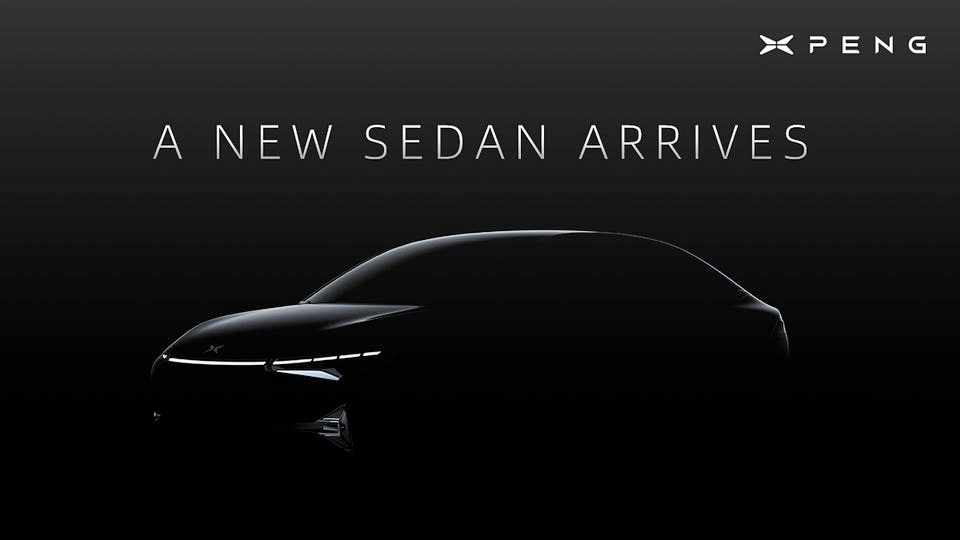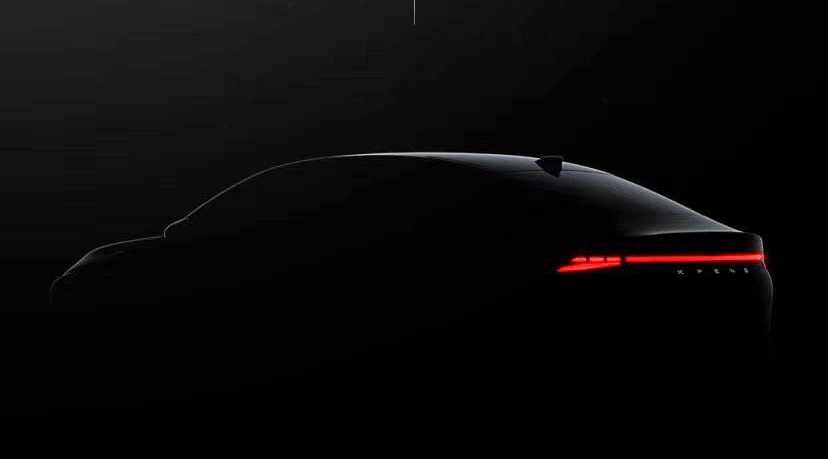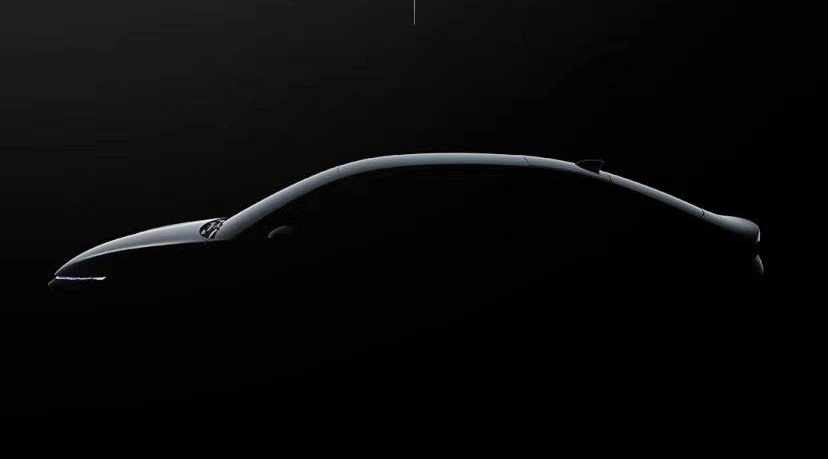As we can guess from the first leaked photos, the new Xpeng maintains the modern and very well finished line of the P7, with LED lights starring in the front, and a rear that seems excellently finished in its appearance. A design that, in the absence of turning on the lights, it looks very good.
Regarding its technical characteristics, in the absence of official data, everything indicates that Xpeng will follow the usual model of replicating its current systems among the new models, which would mean offering different engine configurations.
In the case of the P7, in its access version, the RWD, has a motor located on the rear axle with 196 kW (267 CV) of power and 390 Nm of torque, which allow it to reach 60 MPH in 6 seconds. It is equipped with an 80.9 kWh battery that offers a range of 416 miles (NEDC).
It also has a sportier version, equipped with two engines and a four-wheel-drive that reaches a power of 320 kW (436 hp) associated with the same battery, which makes it lose some autonomy, leaving it at 349 miles NEDC.
This model can ring the bell on the technological aspect, with a system with self-piloted driving that threatens to rival Tesla, and that could have the first mass-produced LiDAR sensor on the market.
But above all, this new model can give a blow with a very contained price that, in the case of its older brother, the P7, stands at 30,000 euros before aid in China.
If the production in Europe of this new model were confirmed, a real bombshell would undoubtedly fit perfectly in terms of approach and design. With local manufacture, it could achieve a very competitive cost.



